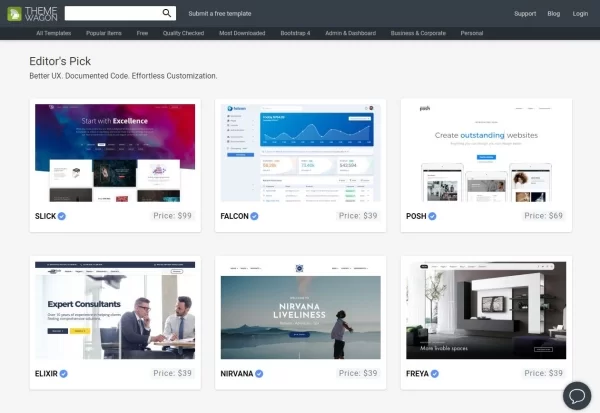If you’re just getting started with your business idea, then you’re probably aware that a website is going to be an absolute essential. For most small businesses, having a website is an absolute essential to getting started with their online presence, key to building a customer base, and crucial for building and promoting their brand. Without a website, it’s going to be difficult to get your business off to any kind of start – whether you’re selling products or services.
However, hiring a web developer or designer to build your site can be expensive, and if you’re just starting out in business, then you might not have that kind of money. The good news is that there are plenty of DIY options out there, but how do you get a professional-looking, modern website on a budget?

Choose Your Domain
Your domain name is the address at which users will be able to find your website; your first step is to choose it. You’ll want to register something as close to your business trading name as possible or relate it closely to what you do or the location in which you trade, which can give you an advantage in terms of SEO. You can use sites like GoDaddy, 123Reg, and 1&1 to find available domain names. It’s always worth paying more for one that works best with your business name; these payday loans may be able to help you cover the initial cost.
Choose the Right Platform
When it comes to website platforms, there are several in the UK to choose from – Shopify, EKM, BigCommerce, Shopblocks, and WooCommerce are available if you want to create an e-commerce store, while Wix, Squarespace, Weebly and 1&1 are popular options for service-based and informational ‘brochure’ websites that inform customers about your brand. It’s important to carefully weigh up the pros and cons of each platform, not just in terms of price, but also features – for example, how many products can you add? What features are available for building your website? Do they use templates, and if so, do they have a suitable one that you like?
Come Up with a Site Plan
Once you’ve chosen your platform and hosting provider – if not included with the platform – then you will need to think carefully about what you want to include on your website. Grab a pen and paper and make some notes. For example, a basic site might include a home page, a page detailing the services that you offer, a blog and a contact form. Yours may be more complex than this, especially if you’re selling products online, in which case you’ll need product pages and a checkout page.
Think About Mobile
It’s also crucial that you think about how your site is going to look on mobile, with an increasing number of users now viewing sites on their phone or tablet. The easiest way to do this is to use a platform that automatically optimises all websites built using their software for mobile, or by choosing a responsive template.
Did you find this post useful? We’d love to hear from you.
